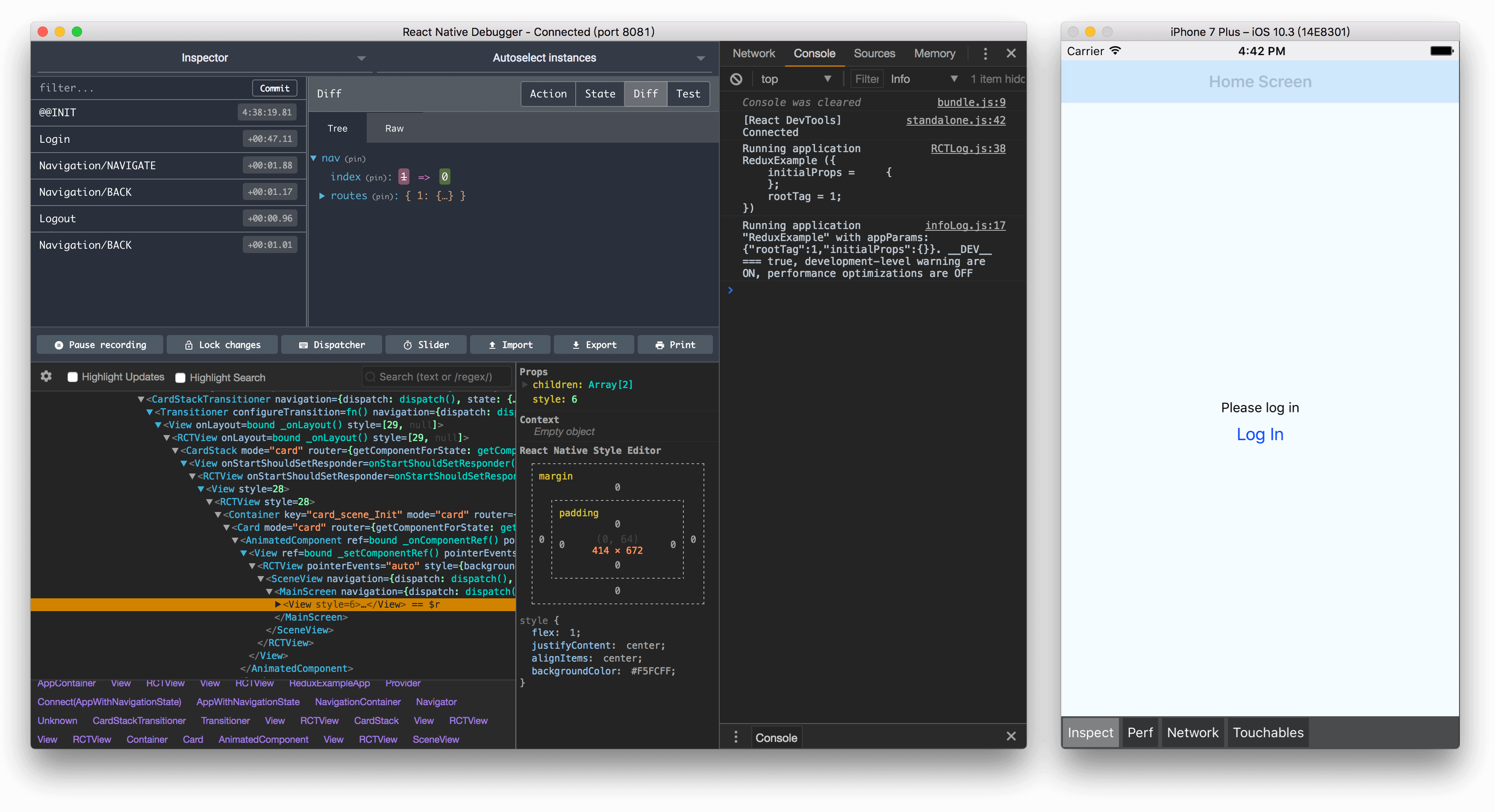
- #Makemkv command line documentation install#
- #Makemkv command line documentation full#
- #Makemkv command line documentation code#
- #Makemkv command line documentation Pc#
#Makemkv command line documentation code#
see the kind of code you might getįfprobe version 3.2.3 Copyright (c) 2007-2017 the FFmpeg developersīuilt with Apple LLVM version 8.0.0 (clang-800.0.42.1)Ĭonfiguration: -prefix=/usr/local/Cellar/ffmpeg/3.2.3 -enable-shared -enable-pthreads -enable-gpl -enable-version3 -enable-hardcoded-tables -enable-avresample -cc=clang -host-cflags= -host-ldflags= -enable-libmp3lame -enable-libx264 -enable-libxvid -enable-opencl -disable-lzma -enable-vda You should get a nice pile of information printed to the terminal window. So in the terminal, first navigate to the directory where your film is: cd Your DVD/.mkv file will have various streams within its container, subtitles, the main film, dvd extras, and the sound for each of these extras or dubs will all be in differnt streams, so to find out which stream the audio you want is on, you first need to probe the.
#Makemkv command line documentation install#
Install SoX while you’re at it brew install sox Extract some audio from your film for analysis I know, this is all a bit of a faff, but bear with it. When you’ve got FFMPEG working and installed you can extract your film from the DVD, convert the file to something useful so you can do your analysis. Installing Makemkv command line brew cask install makemkv mkv file you created from the DVD in the first place if you want to extract such. This will install handbrake and allow you to simply and quickly select chapters from the. In the terminal type brew install handbrake In the terminal type brew install ffmpeg Installing Handbrake More useful information about homebrew and how it works įFMPEG is a command line utility for converting media files. Open the terminal and paste this in: ruby -e "$(curl -fsSL )"Ībove info from: /wiki/CompilationGuide/MacOSX you’ll need xCode installed for iOS development anyway so, might as well bite the bullet now. I realise that this is a non-trivial task, but if you’re interested in building apps for phones and are working with Unity etc. When these are installed, you can do what follows. I think you should be able to open the terminal and type: xcode-select -install If you install the commandline tools, this should be quicker, it’s explained in detail here: If you want to use xCode on other projects, install it, but be prepared to loose lots of HDD space and time downloading it. Using FFMPEG and other commandline processing tools can even save you money and bring you into much closer contact with the engines behind many of the very expensive apps, DAWs and Video editors out there. What follows may seem reasonably convoluted for a basic user of a computer, but it’s intended to open up a universe of possiblities that will become important to you in the future.

This format isn’t that helpful for an analysis, expecially if we wish to inspect the audio, rather it would be really nice to see the audio in Reaper, to listen to the 5.1 or stereo files and perform audio analysis on them.
#Makemkv command line documentation full#
A full DVD extraction will probably be around 8gb. Think of it as a disc image of the DVD, it runs just like the DVD with all menus and extra options. mkv container file which holds all the streams (video, audio, subtitles etc.) of your DVD. To import a DVD to a digital file for your archives, you can use makemkv: This makes a.
#Makemkv command line documentation Pc#
It’s been tested for OSX users, but because most of what’s advised is command line based, you can port the information below to PC or Linux.


Some of the information below should help. While I’m not interested in encouraging you to hack DVDs and make production companies suffer, we do need to find ways to extract parts of films pull their audio and perform analysis on them. This post contains some useful information.


 0 kommentar(er)
0 kommentar(er)
